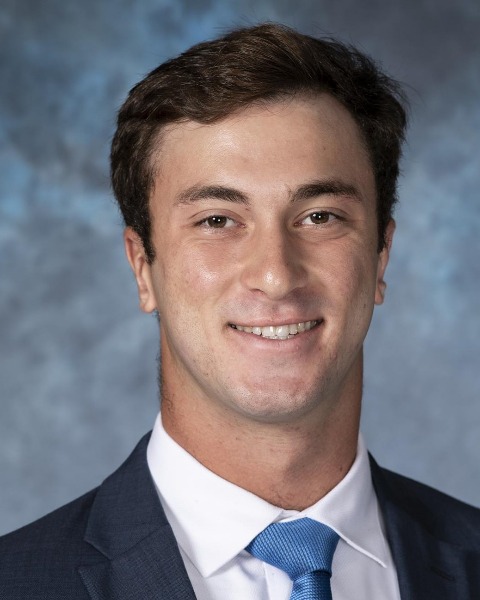Neonatal Neurology: Pre-Clinical Research
Neonatal Neurology 7: Preclinical 1
6 - Neuro-immunomodulation with Melatonin and Erythropoietin Restores Immune Cell Homeostasis in a Preclinical Model of Posthemorrhagic Hydrocephalus of Prematurity
Publication Number: 6.433

Ryan L. Hellinger, B.A (he/him/his)
Research Technologist
Johns Hopkins University School of Medicine
Baltimore, Maryland, United States
Shenandoah Robinson, MD (she/her/hers)
Professor of Neurological Surgery
Johns Hopkins Children's Center
Baltimore, Maryland, United States
Presenting Author(s)
Co-Author(s)
Background: Very preterm neonates with severe intraventricular hemorrhage (sIVH) are at high risk of posthemorrhagic hydrocephalus of prematurity (PHHP). Currently the only treatment is surgical diversion of cerebrospinal fluid. Shunts, the most common surgical solution, have a high failure rate and cause families significant angst and burden. A subset of babies with sIVH recovers without developing PHHP. Most who develop PHHP acquire it after several weeks. We sought to capitalize on the interval between the sIVH and PHHP to prevent the development of hydrocephalus using neuro-immunomodulation with a cocktail of two endogenous immunomodulatory agents, melatonin (MLT) and erythropoietin (EPO).
Objective:
To determine whether MLT+EPO treatment after sIVH restores immune cell populations and prevents PHHP using an established preclinical model.
Design/Methods:
PHHP often occurs in very preterm infants exposed to chorioamnionitis. On embryonic day 18 pregnant dams underwent anesthesia and laparotomy for transient uterine artery occlusion and intraamniotic injection of lipopolysaccharide. Shams had laparotomy for the same duration of anesthesia. On postnatal day 1 (P1) pups of both sexes were randomly allocated to bilateral intracerebroventricular injection of littermate lysed red blood cells (PHHP) or saline. On P2 PHHP pups began an extended regimen of daily EPO+MLT or vehicle. Multiparameter flow cytometry was performed at P7 and P20. Data were tested for normality and compared with two-way ANOVA or Kruskal-Wallis with post hoc correction with p< 0.05 considered significant.
Results:
At P7, near term, treatment with EPO+MLT in PHHP pups reduced brain levels of inflammatory activated CD25(lo)/CD8(hi) Tcells to sham levels and were much lower than elevated levels found in vehicle-treated PHHP pups (p < 0.001). Likewise, EPO+MLT treatment restored brain CD25(lo)/Foxp3(hi) Tcell levels compared deficient levels found in vehicle-treated PHHP pups (p < 0.01). These changes in brain immune cells mirrored similar changes in peripheral blood. PHHP increased the proportion of monocytes and macrophages in blood, and this was improved with EPO+MLT treatment. The proportion of CD4+CD8+ Tcells was higher in PHHP blood, and lowered by EPO+MLT. These changes persisted through P20, toddler equivalent.
Conclusion(s): Immunomodulation with EPO+MLT may offer a promising opportunity to alter the course of chronic neuroinflammation found in very preterm neonates at high risk for PHHP.
